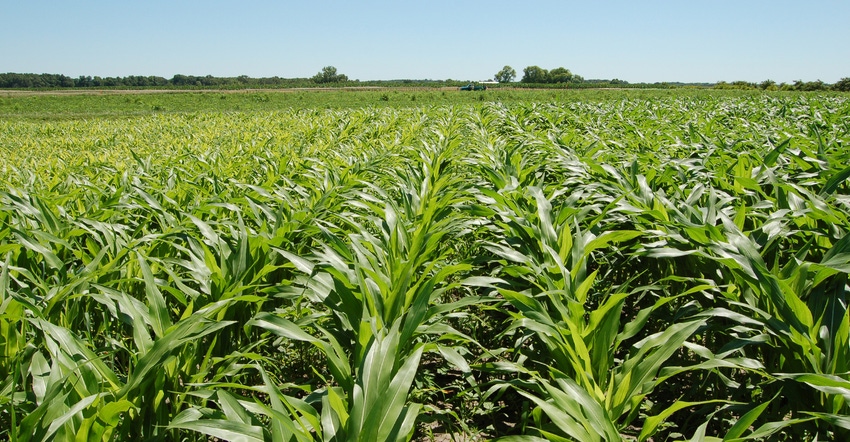
If you can answer the question below about nitrogen with a foolproof answer, you should have a great career ahead in farming! Nitrogen remains one of the most expensive but yet most elusive inputs when it comes to growing corn. There are so many choices that finding the most economical one for your farm can be a challenge.
Here’s the question for the Indiana Certified Crop Advisers related to corn this month. Answering the question are Jesse Grogan, an agronomist with LG Seeds, Lafayette, and Tom Stein, branch manager for the Templeton and Boswell locations of Ceres Solutions LLC.
We normally apply 200 pounds per acre of anhydrous ammonia in March. We are in conventional tillage. Anhydrous ammonia is cheaper, and we get the work out of the way. We are limited on labor at planting time. Is there another approach where we could not spend anymore, but maybe get more bushels?
Grogan: Applying anhydrous ammonia in the spring before planting is an economical way to get nitrogen to the crop with limited labor. But like all things, it takes time, and spring weather can play a role in how many acres are applied without delaying planting. Also, nitrogen loss is more likely. Nitrification inhibitors are available for early-season N applications. That increases the cost slightly but is worth the value.
Stein: You may want to consider sidedressing your anhydrous ammonia instead of applying it all before planting in March if you can satisfy three assumptions. The first is that you could shift labor requirements from early spring to early summer. Second, this assumes you are in a corn-and-soybean rotation, and you have enough nitrogen to get your corn off to a good start. Third, I’m assuming you could get across all of your corn acres with a toolbar by the first of June.
Grogan: Peak crop needs for N are about six weeks after planting. Another method, which does have some risk, is spreading urea before planting and working it in with light tillage. That allows many more acres to be treated in less time before planting. Urea treated with polymer coatings like ESN costs slightly more but adds protection against loss. Heavy rains or flooding after application can cause substantial N loss. One should make a long-range plan to use nitrogen better and reduce loss by split applications, and/or by applying N before peak need time.
Stein: If you can shift at least some nitrogen application from preplant to sidedressing, this would allow more efficient use of total nitrogen applied without adding extra costs. Hopefully it would result in more bushels per acre.
About the Author(s)
You May Also Like




